
Readers who have read the previous articles, understand our explanation routine: After explaining the basic knowledge of drill bits, the next is dry goods explanation: drill bit failure forms and countermeasures. Frequently Asked Questions List
First of all, we focus on the common problems of drill bits and their countermeasures in the form of charts, and interested readers can download the collection.
Table 1: Frequently Asked Questions List 1
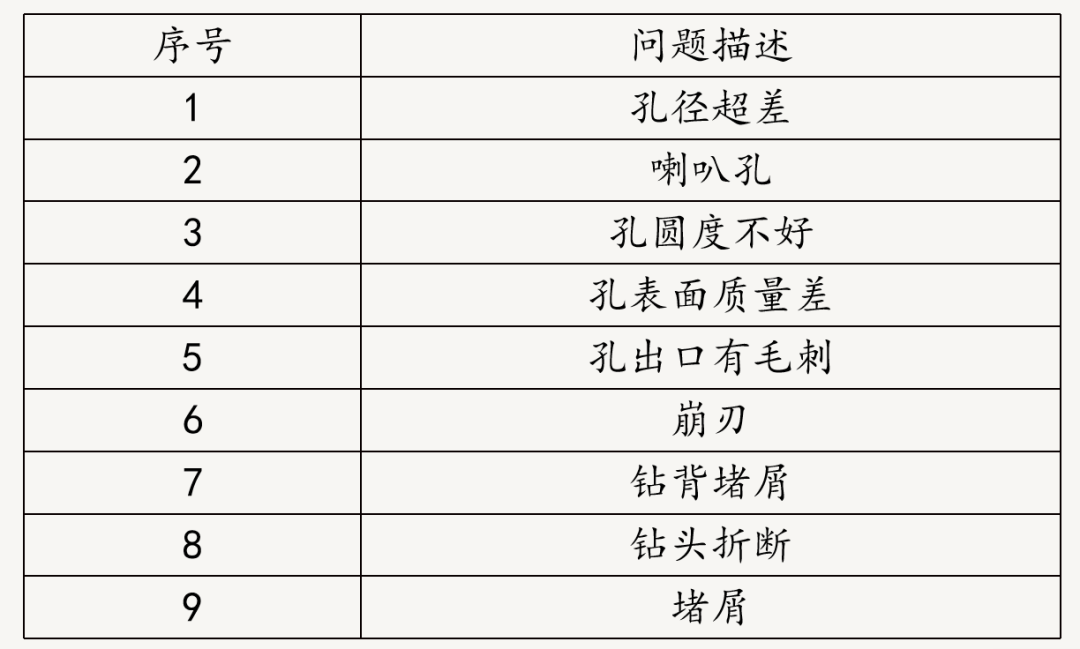
表2:问题与对策对应表

broken drill
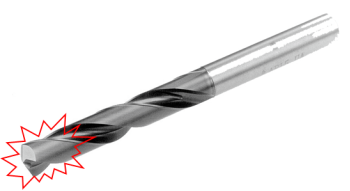
The damage of the drill bit is mainly caused by unsuitable cutting conditions or excessive beating of the tool edge.
The cutting conditions are not suitable, which mainly means that the cutting speed is too high or the feed per tooth is too large. The former is easy to cause the cutting edge to stick or fuse, so that the chips cannot be discharged and are cut for a second time, while the latter will increase the cutting edge load and impact, both of which will cause the drill edge to be damaged.
If the drill is integral or brazed
Countermeasures are usually:
ü Reduce the feed per tooth and avoid halfway shifting.
ü Use hydraulic tool holders or powerful chuck tool holders to reduce the impact of vibration on the cutting edge during processing.
ü Improve the installation accuracy of the tool, so that the beating of the outer edge is less than 0.03mm.
ü Reduce the RPM to the minimum value of the recommended range.
If the drill is an indexable insert
Countermeasures are usually:
ü Use a rigid machine tool to reduce vibration during machining.
ü Use high-horsepower machine tools to withstand larger machining loads.
ü Reduce the feed per tooth of the drill and reduce the cutting load on the cutting edge.
Broken chisel edge
The main reasons for the damage to the chisel edge are:
ü Unfavorable cutting conditions, especially excessive feed per tooth.
ü The machined surface is not flat, and the cutting edge has already started machining before the chisel edge of the drill is centered.
ü Poor edge shape after regrinding, such as offset chisel edge or asymmetric grinding.

If the drill is integral or brazed
We can reduce the feed at the beginning of drilling and reduce the burden of chisel centering.
Make the drilled surface smoother, e.g. with a milling cutter.
Improve the grinding quality, avoid the offset of the chisel edge, and the grinding amount is symmetrical.
If the drill is an indexable insert
We can reduce the feed per tooth.
When drilling and rotating the workpiece on the lathe, pay attention to the accurate position of the center of the drill bit, as shown in the figure below.

Edge wear
Possible causes of edge wear damage include:
ü If the cutting speed is too high, the cutting heat is large and cannot be effectively discharged, resulting in thermal damage to the cutting edge.
ü The cutting fluid (oil) is not sufficiently delivered to the tool tip and cannot effectively remove the cutting heat.
ü The tool material or chip breaker is not properly selected, and the chip cannot be broken, so that the contact time between the chip and the cutting edge is too long.
If the drill is integral or brazed
we can
ü Reduce the cutting speed and reduce the heat generated during the cutting process.
ü Increase the dilution rate of the cutting oil and increase the ability to remove heat.
ü External cooling and internal cooling are used together.
Confirm that the cutting oil has not deteriorated.
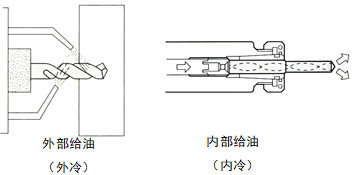
If the drill is an indexable insert
We usually:
ü Reduce cutting speed.
ü Use a rigid machine tool.
ü Increase the dilution rate of the cutting fluid.
ü Change insert material to optimize chipbreaker.

Chip fusion
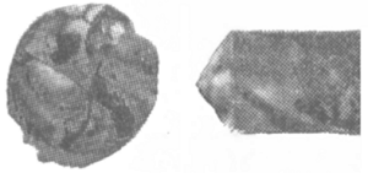
The possible causes of chip fusion damage are: 1. The cutting speed is too high, resulting in high heat; 2. The flow and pressure of the cutting oil are insufficient, so that the heat cannot be taken away; 3. The feed rate is too high, and the chip thickness is too large , difficult to discharge.
In this regard, whether solid, brazed, or indexable insert drills, the countermeasures are the same:
ü Reduce cutting speed.
ü Decrease the feed per revolution.
ü Increase cutting fluid flow.
ü Increase the supply pressure of cutting fluid.

The reasons for the constant crumbs can be summed up mainly in the following two points:
ü The feed rate is unsuitable and the chips are too thick.
ü The chip breaker is not suitable and the chip breaking effect is poor.
If the drill is integral or brazed
We can take:
ü Increase the apex angle, increase the length of the cutting edge involved in processing, and reduce the chip thickness.
ü Increase the grinding width.
ü Increase the feed per tooth.
Ensure uniform feed during machining and avoid different chip shapes.
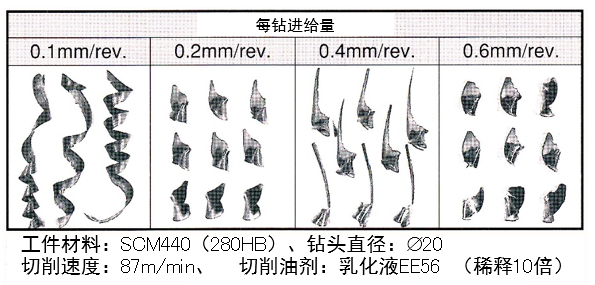
U poor bite
ü Possible reasons are:
ü The clearance angle is insufficient, and the axial force is increased. The relief angle and the rake angle together form the wedge angle of the drill edge. Under the condition of a certain rake angle, if the relief angle is too small, the wedge angle will be reduced, so that the tool cannot effectively cut into the workpiece.
ü The protruding amount of the drill bit is too long, the machining swing is large, and the cutting edge contacts the workpiece before the chisel edge, which interferes with the centering of the chisel edge.
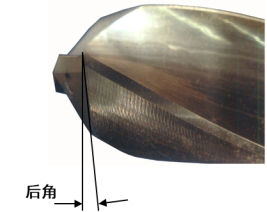
If
Drills are integral or brazed
We need to:
ü Make the rear corners larger.
ü The bit protrusion should be as short as possible.
ü After the tool is installed, the vibration of the outer circle should be less than 0.03mm.
ü The drilled surface should be flat.
If the drill is an indexable insert
we need to:
ü Use a rigid machine tool.
ü Use high-horsepower machine tools.
ü The bit protrusion should be as short as possible.
ü The drilled surface should be flat.
As the most common tool among rotary tools, the drill will encounter many problems in the processing process. The problems and countermeasures mentioned in this article are only from the perspective of cutting force and qualitative analysis, and are used to attract new ideas. In the actual process The problem still requires readers to comprehensively analyze and countermeasures according to specific working conditions, stress conditions and vibration conditions.